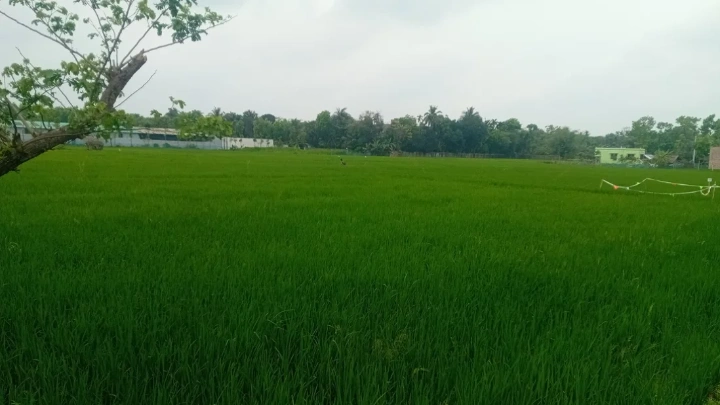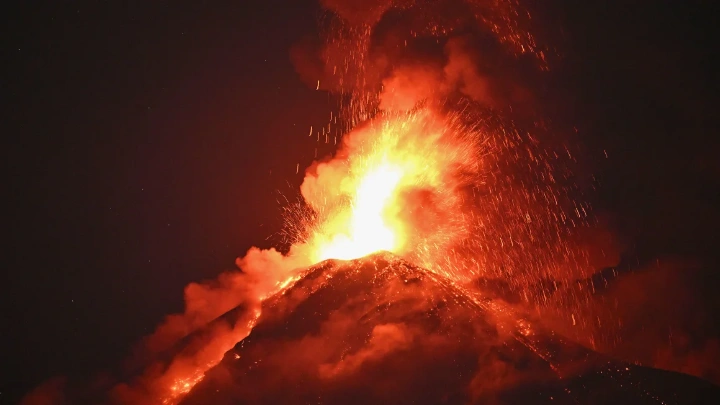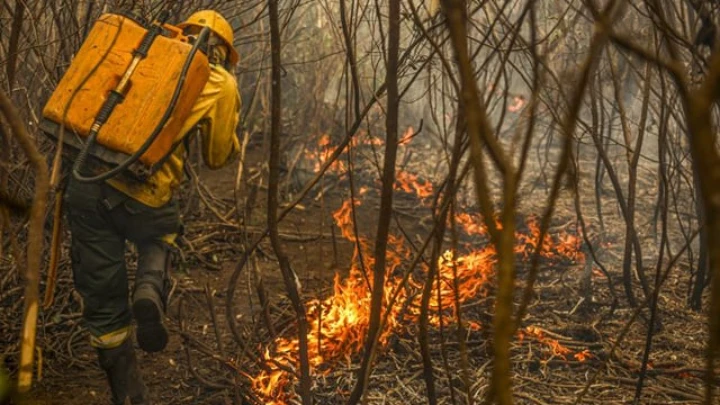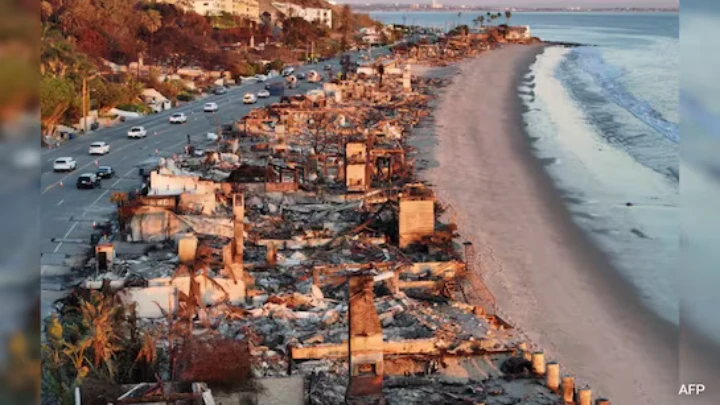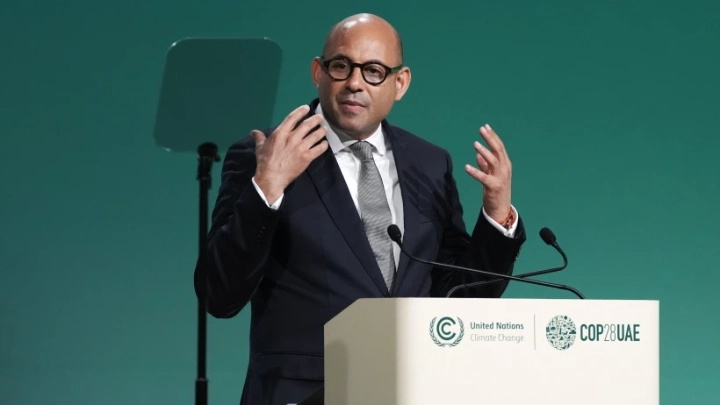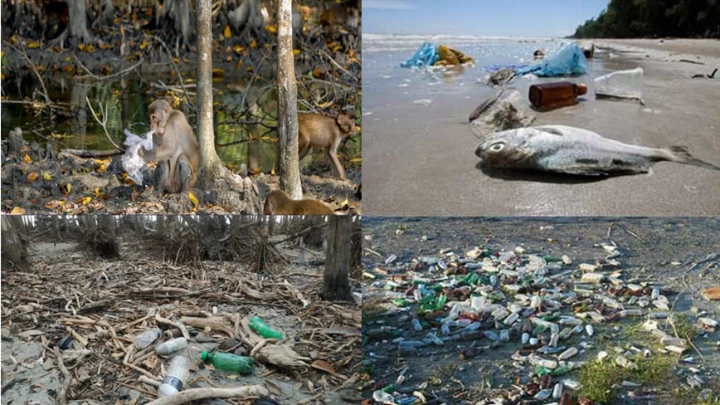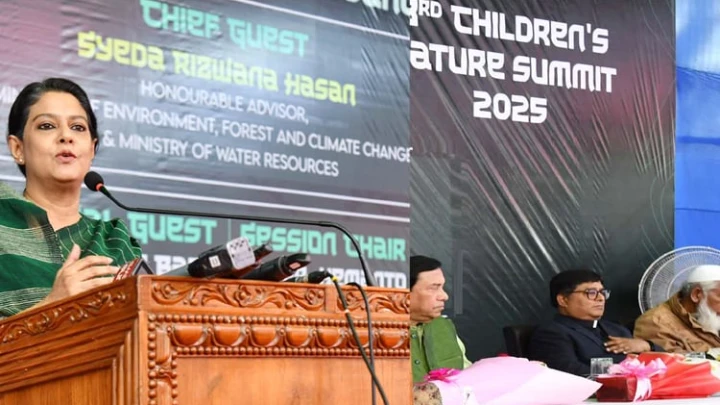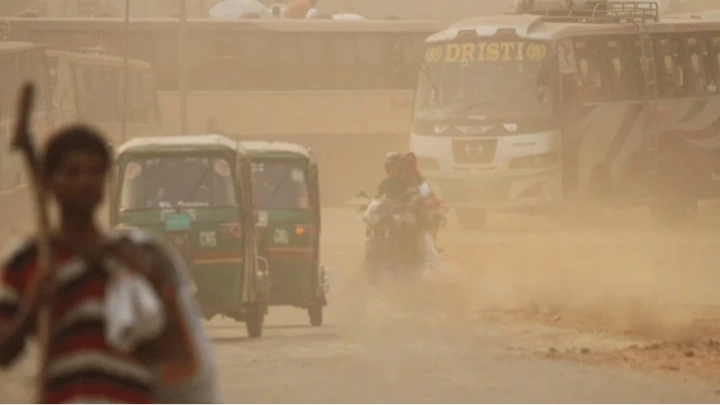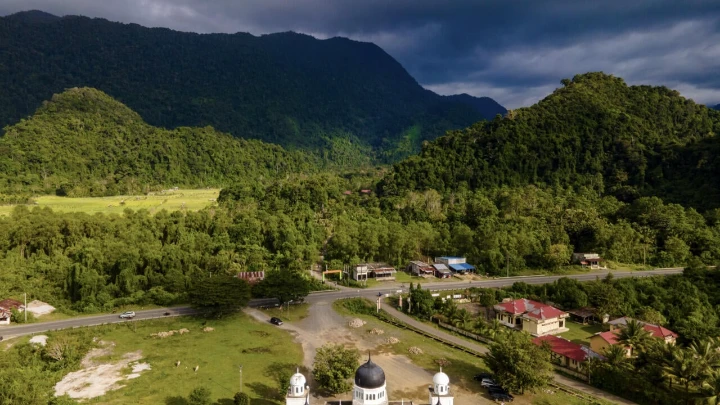As temperatures rise, agricultural production declines
DhakaTribune || Shining BD
The recent heat wave across the country has led to a shortage of water for agriculture and farming.
Those in the coastal areas are the hardest hit. Khulna experienced its highest temperature in 25 years during this heatwave. The region's annual mean temperature was 31.1 degrees Celsius in 2011, but this year it reached a record high of 42 degrees Celsius.
The impact of climate change is becoming increasingly evident in the southwest coastal region. Production sectors, including agriculture and fisheries, are under threat due to the high temperatures. Experts emphasize the importance of acknowledging this climate impact on agriculture and taking immediate effective actions.
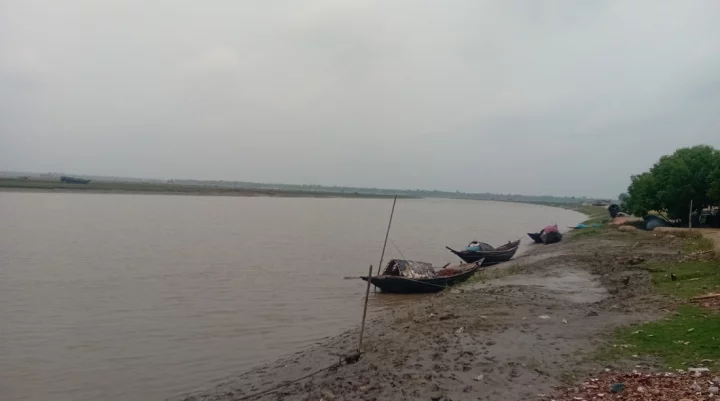
The image shows a coastal area in Khulna. Photo: Dhaka Tribune
Climate change is presenting various challenges to the people of the southwest coastal areas of the country, making their lives and livelihoods increasingly precarious. Due to salinity, farmers are unable to grow crops on their land, leading to a significant shortage of fodder for livestock and other domestic animals. Coastal arable land is losing its fertility due to excessive salinity.
The coastal areas have been struck by more than a dozen disasters in the past 15 years, including Cyclone Aila in 2009, Mahasen in 2013, Komen in 2015, Roanu in 2016, Mora in 2017, Fani in 2019, Bulbul in 2019, Ampan in 2020, Yas in 2021, Ashni, and Cyclone Sitrang in 2022.
Meteorologist Amirul Azad, officer-in-charge of the Khulna Meteorological Office, said that Khulna recorded a temperature of 42 degrees Celsius on May 1, with a previous record of 41.8 degrees Celsius on April 29.
Due to frequent natural calamities, uncontrolled shrimp farming, construction of high embankments in shrimp enclosures, and other natural factors, there is an acute shortage of water for farming.
The water crisis has intensified in the past decade and a half since the disastrous floods of 2009. Several canals and water bodies have also dried up.
As a consequence of climate change, 81% of arable land in the coastal district of Satkhira now experiences increased salinity. This trend is gradually diminishing Aman rice production in the district, with Aman paddy production decreasing by 33,000 tons over the past four years.
Information from the Satkhira Department of Agricultural Extension (DAE) indicates that Ropa Aman rice production in the district was 2.75 lakh tons in 2019-20, which declined to 2.58 lakh tons the following season, and further dropped to 2.46 lakh tons in 2022-23.
Dr Nasreen Akhter, head of the Department of Botany at Satkhira Government College, said: "One of the contributing factors to the death of raintrees in the region is the increasing salinity and alkalinity of the soil. Rainfall patterns have shifted due to climate change, occurring less predictably."
A local resident, Huda Mali, lamented: "Drought, storms, rainfall irregularities, and river erosion have become our daily companions. The pervasive salinity is causing the demise of all plant life. Living in this area has become exceedingly challenging."
According to the Department of Public Health Engineering, water is considered safe to drink when it contains zero to 1,000 milligrams of salt per liter. However, in coastal areas, the salt content ranges from 1,000 to 10,000 milligrams per liter.
Kazi Jahangir Hossain, deputy director of Khulna DAE, explained that rice cultivation typically requires temperatures between 18 to 35 degrees Celsius. However, higher temperatures lead to decreased rice production. Presently, the average temperature in Bangladesh is 40 degrees Celsius.
GM Mostafizur Rahman, chief scientific officer of the Soil Department in Khulna, highlighted the increasing soil salinity in coastal agricultural lands, resulting in a decline in crop production capacity. Many agricultural lands have become submerged in saltwater. If the salinity continues to rise, agricultural income could decrease by 21% annually.
Md Emdadul Haque, deputy director of the Department of Environment, pointed out that while 99.3% of carbon in the atmosphere is natural, the increasing concern lies in human-induced carbon emissions. Carbon emissions are rising due to polythene production and wood burning in brick kilns. He advocated for stringent measures to reduce polythene usage and regulations on brick kilns to mitigate this issue.
Shining BD

